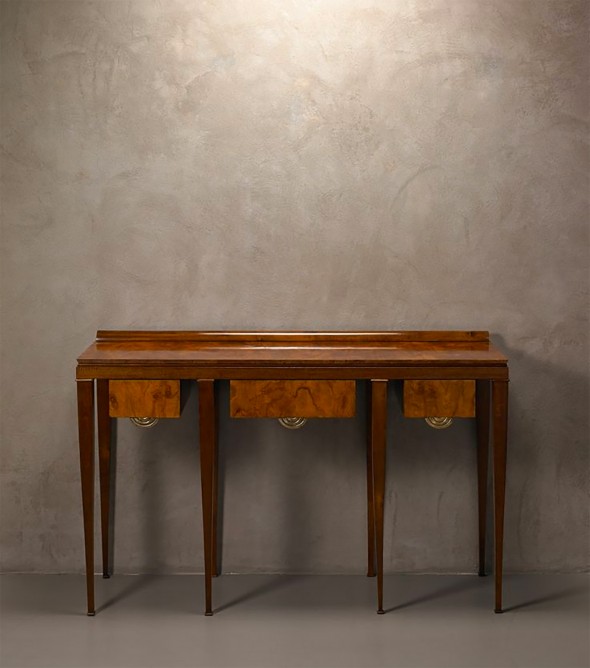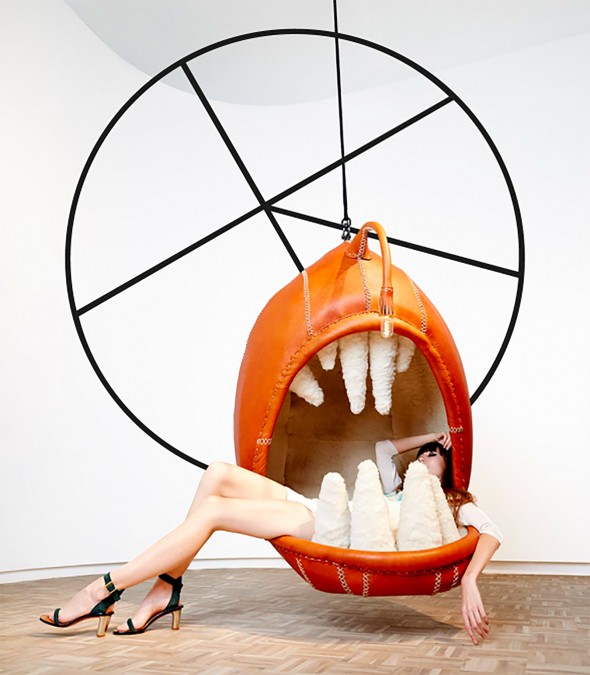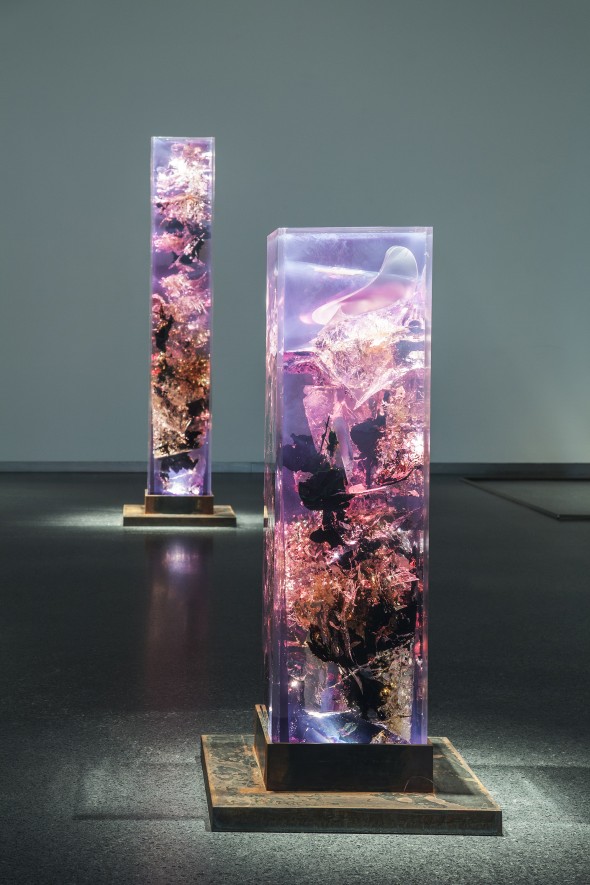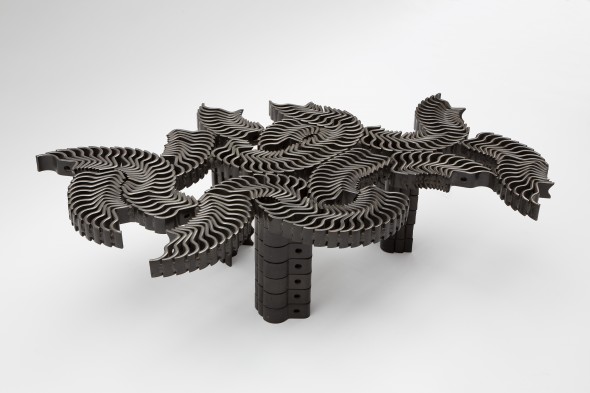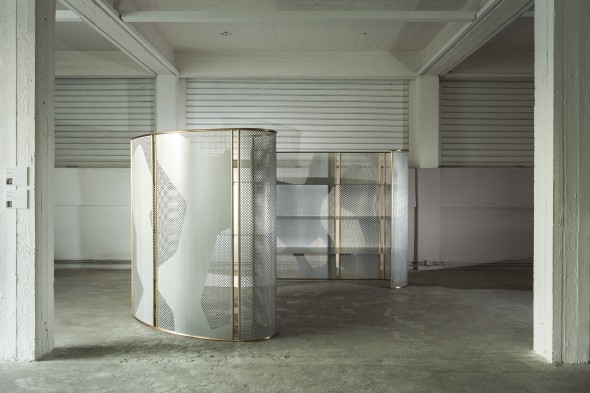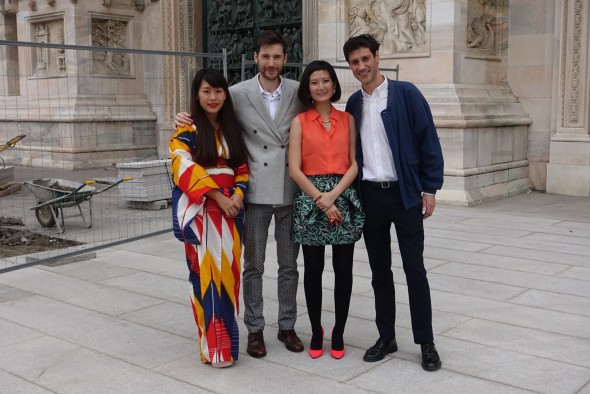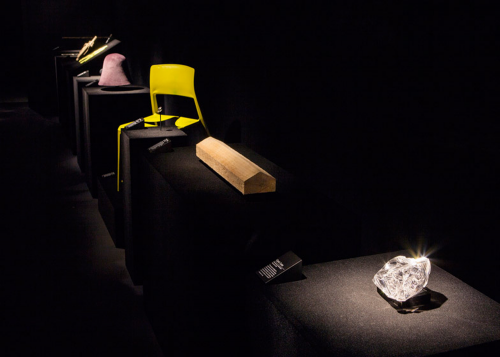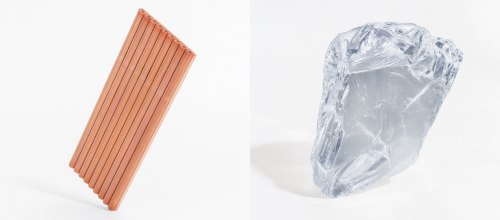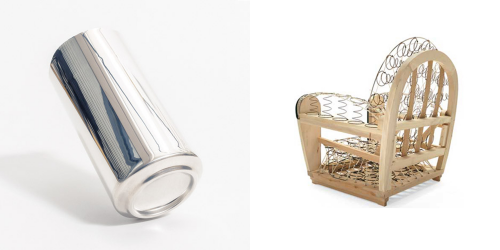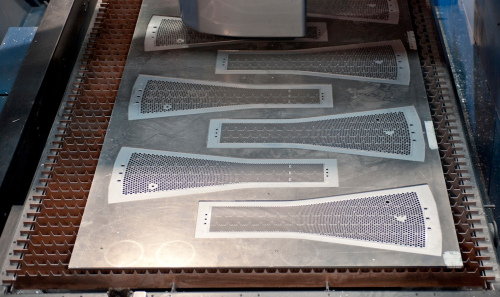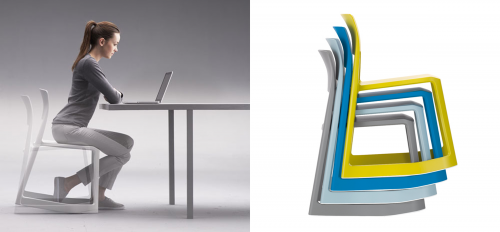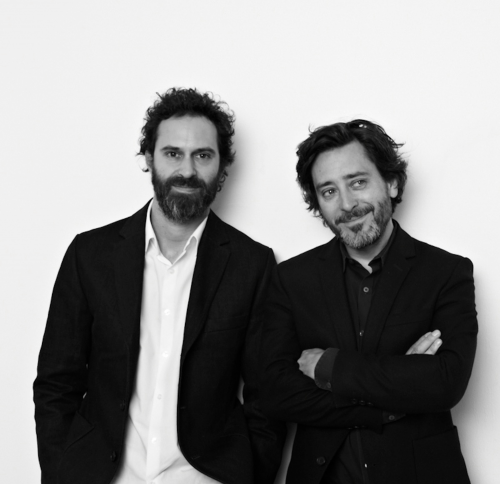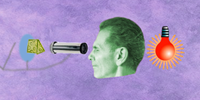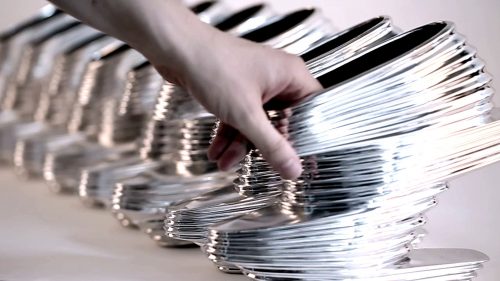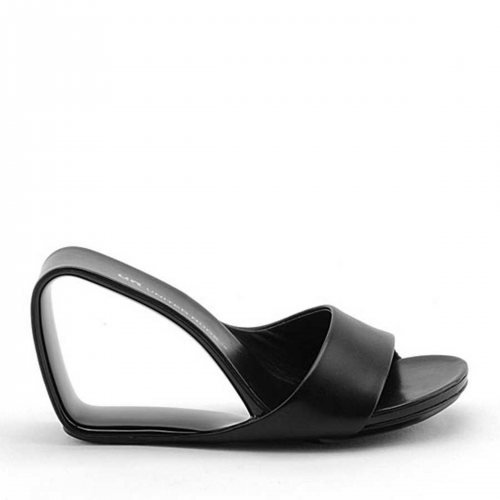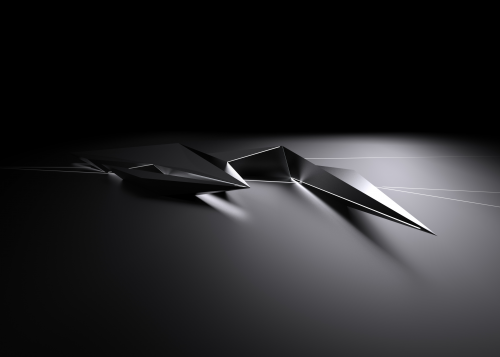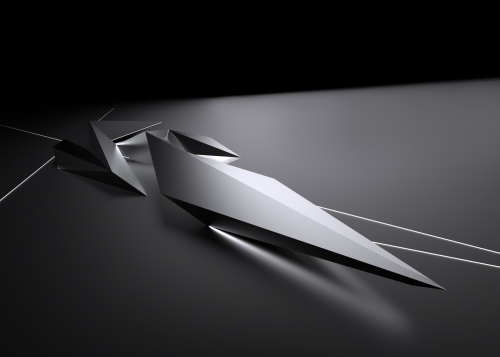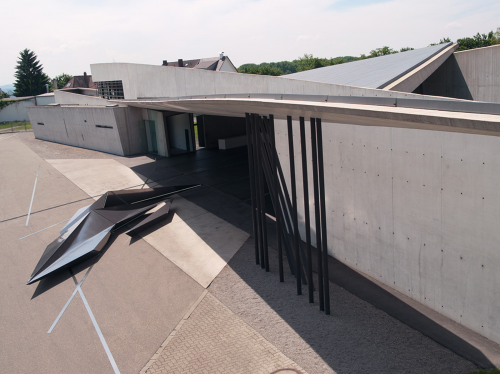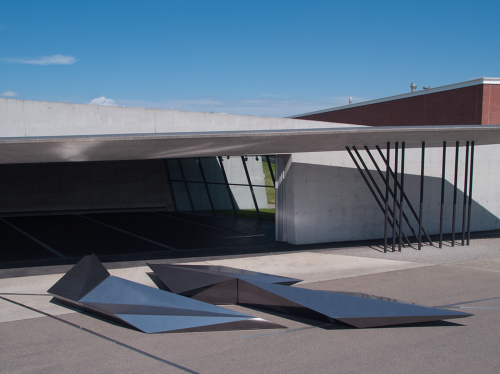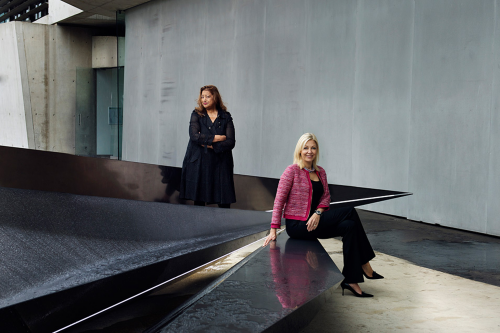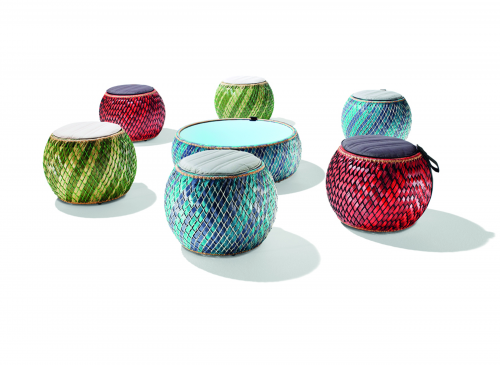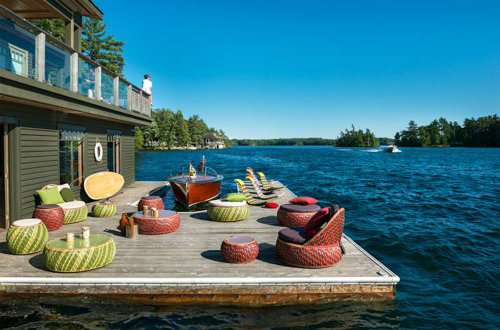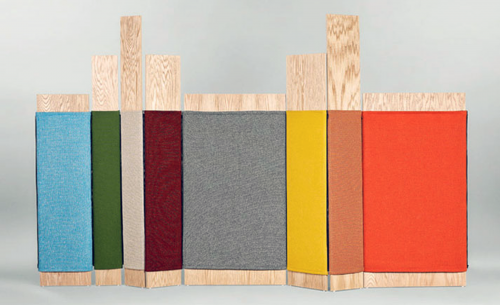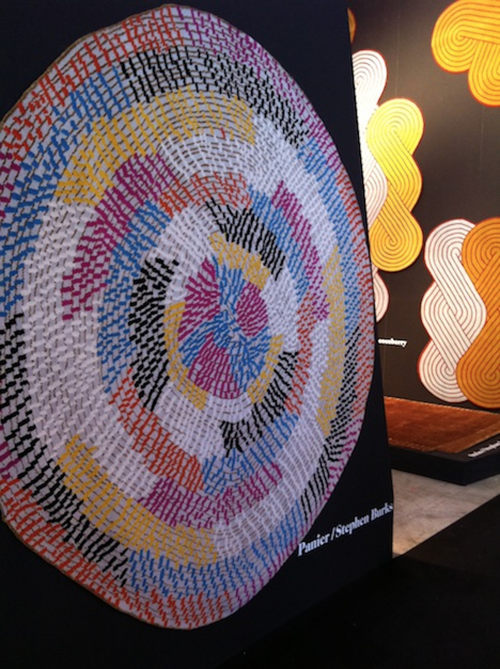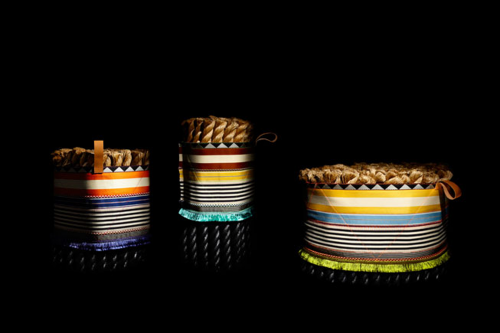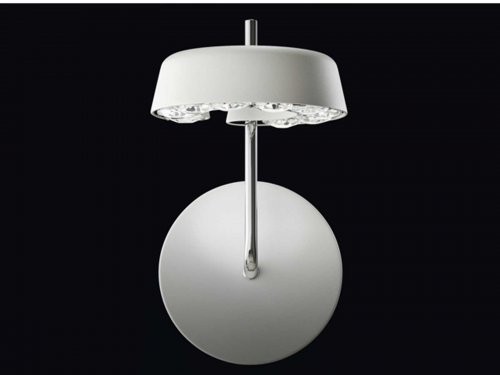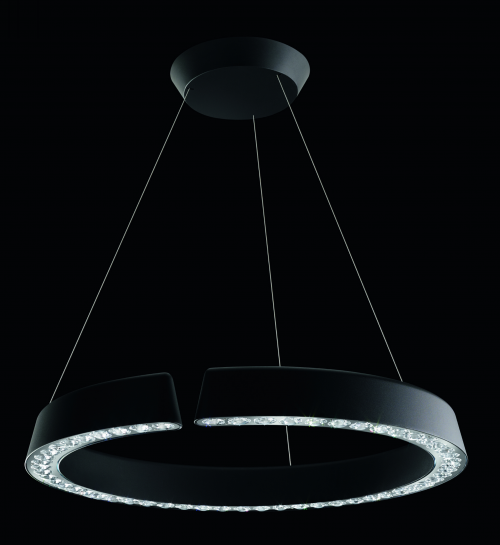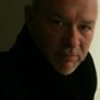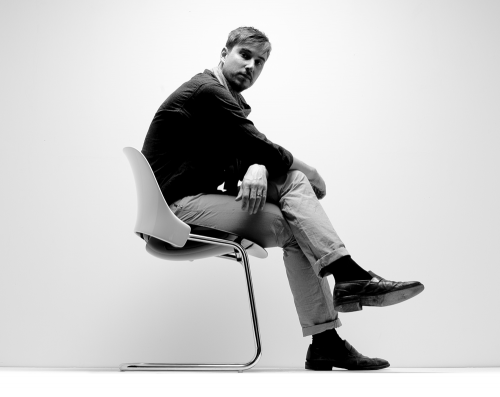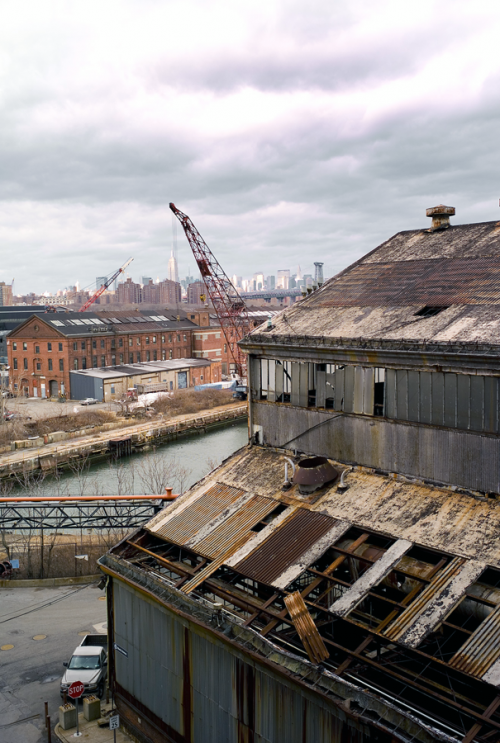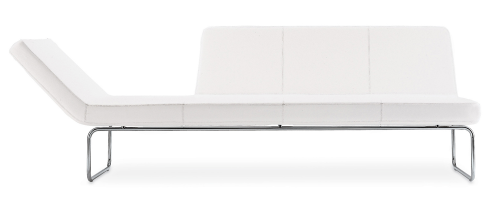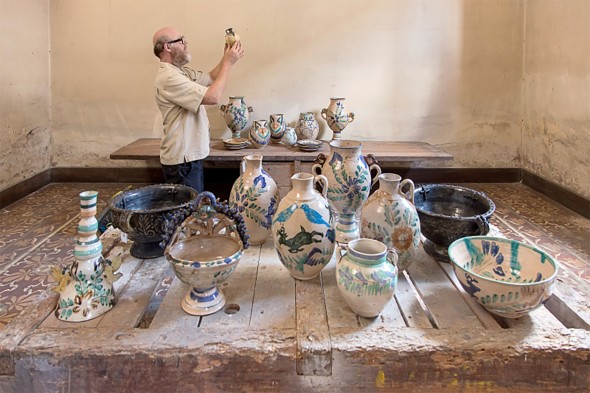
above> andy coolquitt examining majolica during his two-week residency in guatemala city/ courtesy: ag ossaye projects
The Design Miami/ Basel fair is packed with early twentieth century rarities, mid-century masterpieces, rediscovered gems of the 1980s and 90s, and the finest in collectible contemporary works. In 2015 the fair celebrates its 10th anniversary.
The fair’s museum-quality gallery program is supported by additional programming that includes the first edition of Design Curio in Basel, following great success in Miami last December and an exploration of modular architecture in Design at Large, curated by André Balazs.
[ collaborations/ ]
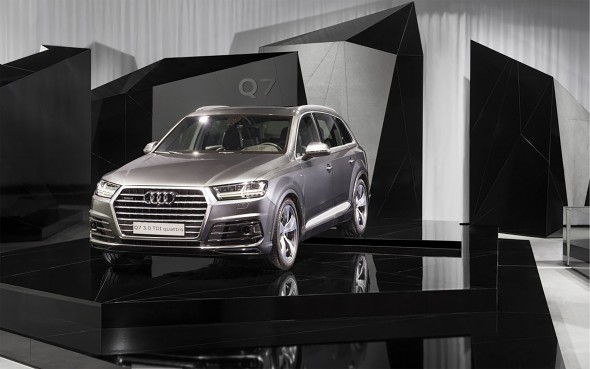
above> audi q7: the great quattro/ design miami/ basel 2015
This year at Design Miami/ Basel, Audi presents an architectural installation inspired by the new Audi Q7, entitled The great quattro: an impressive new design, much lighter and more efficient, boasting significantly greater agility and dynamism without sacrificing comfort, paired with the legendary four-wheel drive quattro.
For Design Miami/ Basel 2015, Audi presents an immersive installation based on this idea of “The great quattro”: A constructed landscape, with varied levels, paths and surfaces. A mixture between object design and architecture, forming the perfect backdrop for the vehicle, with geometric shapes, derived from natural mineral patterns that are both evocative of the power of nature and machine and reminiscent of a monolithic cityscape. The viewpoint changes dramatically depending on the viewpoint of the visitor, inviting visitors to become part of the installation and experience the space in multiple and unique ways.
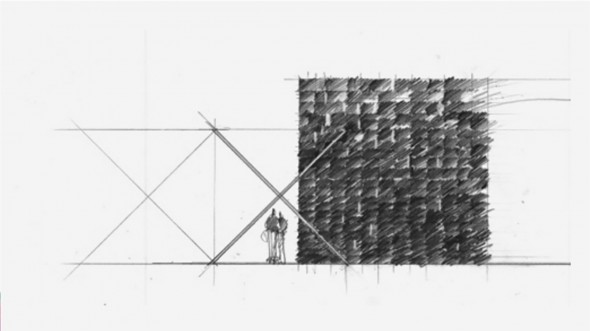
above> sketch of outpost basel/ tom kundig, 2015/ courtesy of olson kundig olson kundig/ outpost basel
Seattle-based architecture practice Olson Kundig was responsible for one of the highlights of Design Miami/ 2014 with their 38 Beams, a monumental wood-framed space constructed from salvaged glulams for the fair’s Collectors Lounge. For Design Miami/ Basel, Tom Kundig explores his own Swiss heritage, as well as the aesthetic links that bind his hometown of Seattle with Japan. Continuing Olson Kundig’s exploration of sustainable building materials and methodologies, the structure, accented with Seattle-sourced iron, is formed of wood from Austrian firm Schweighofer, and finished using Shou Sugi Ban, a Japanese technique for scorching wood that creates a layer of black char on the outside that acts as a preservative.
Tom Kundig of Olson Kundig states “I love how these different elements fuse together to make something new. I hope that with Outpost Basel people recognize these contrasts, but also feel how the space hangs together in harmony, as a whole.”
The Collectors Lounge is furnished by Artek, and plays host to champagne service from regular Design Miami/ partners Perrier-Jouët. Outpost Basel is also home to the Design Talks series, which is part of the Design Miami/ Basel 2015 VIP Program, supported by American Express.
Furniture in the fair’s public areas is provided by Vitra.

above> chromatropic capsule collection/ hentsch man
Founded in 1935 Maison Pierre Frey now has an archive of some 7,000 wallpaper and fabric designs that demonstrate the house’s commitment to fine craft and rich, hand-drawn pattern work. Design Miami/ collaborates with the luxury textile house for its 10th Anniversary to create Chromatropic, a camouflage-inspired print collaged from tropical textiles from the Pierre Frey archive and collection.
Chromatropic also appears in a capsule collection created by Hentsch Man, a fashion label known for its use of prints. The Hentsch Man anorak, hat and sneakers are available in limited numbers, alongside a specially produced J. Crew Chromatropic pocket square, at the JUNE-Basel pop-up store within Hall 1 Süd.
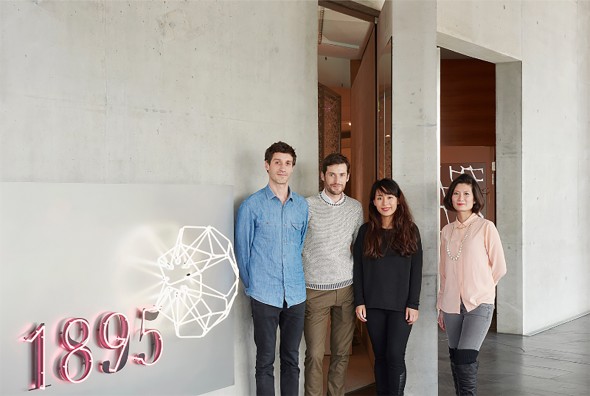
above> left to right: tomás alonso, alexander groves and azusa murakami of studio swine and elaine ng yan ling/ pictured at swarovski’s headquarters in wattens, austria/ credit: james harris
Swarovski and Design Miami/ share a passion for design, along with a history of supporting emerging talents and honoring well-established designers through innovative commissions.
This is the first time Swarovski and the fair collaborate on the Swarovski Designers of the Future Award, which acknowledges emerging studios and designers who are actively expanding design culture through experimentation with cutting-edge technologies.
The winners of the inaugural Swarovski Designers of the Future award are: Tomás Alonso and Studio Swine, both based in London, and Elaine Yan Ling Ng from Hong Kong. New works by the winners, commissioned by Swarovski, debut at the 10th Anniversary edition of Design Miami/ Basel.
[ satellites/ ]
<img src="http://designapplause.com/wp-content/xG58hlz9/2015/06/dm15-basel-rolex1-590×650.jpg" alt="dm15-basel-rolex1″ width=”590″ height=”650″ class=”alignnone size-large wp-image-45601″ />
above> rolex vintage explorer ii 1975, steve mcqueen/ freccione, being inspected by antoine rauis/
Based in Brussels and Luxembourg, the specialist watch dealer Le Collection’Heure presents exhibitions of the work of Gérald Genta and the history of the Rolex Daytona, as well as pieces with exceptional – and often unusual – provenance from the dealer’s collection. The display brings together timepieces of unparalleled complexity completed under Genta’s own marque, as well as his notable creations for other watch houses, including a Patek Philippe Nautilus (1976) and Golden Ellipse (1968), the first Audemars Piguet Royal Oak (1970, shown together with original sketches) and the Cartier Pasha de Cartier (1997). The Rolex Daytona celebrated its fiftieth anniversary last year: the retrospective at Design Miami/ Basel presents all the models – including some of great rarity – from the first series to the current production.
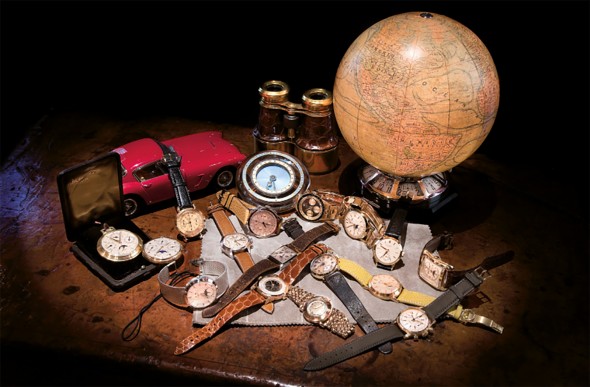
above> davide parmegiani
For over a quarter of a century, Lugano-based watch specialist Davide Parmegiani has bought and sold the most rare and beautiful wrist and pocket watches, ranging in creation from 1850 to 1980. Travelling extensively to track down exceptional pieces, he has assisted his clients in the creation of some of the most important horology collections in the world, and presents an exceptional selection of timepieces telling a story of great watch-making traditions at the Basel fair.
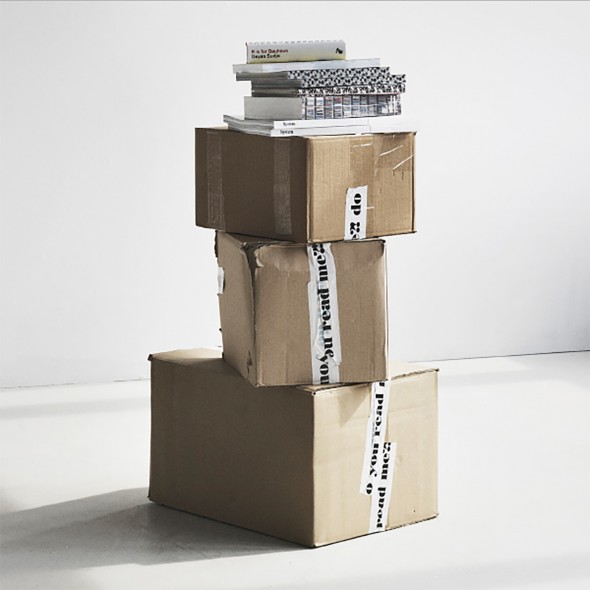
above> waiting to be shipped to basel/ courtesy of casper sejersen
The cult Berlin book and magazine store do you read me?! returns for a 6th year as purveyor of beautifully designed publications – and beautiful publications on design – including small-press periodicals, the latest books on architecture, art and fashion, and collectible rarities. This year, a selection of special works in print are presented in association with the independent Baden-based art imprint Kadoji press.
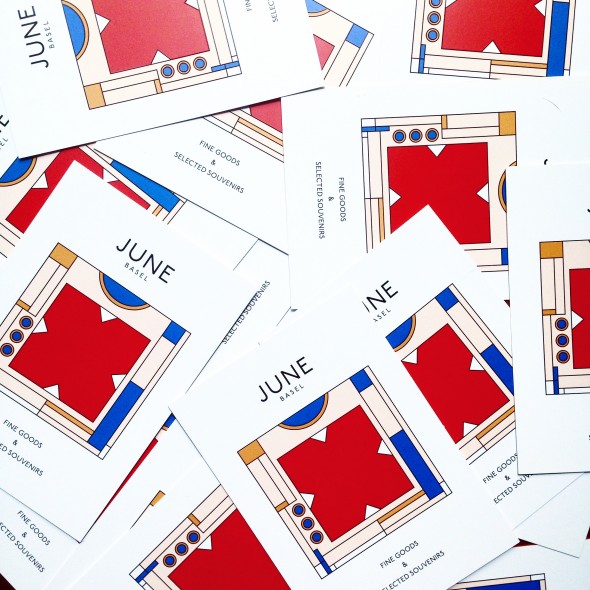
JUNE-Basel is a pop-up concept store that showcases Swiss fashion design, fine goods and selected souvenirs while embracing the ‘Sister City’ relationship between Basel and Miami. The hand-picked selection of items includes the first Design Miami/ capsule collection, a variety of Swiss fashion apparel and accessories as well as unconventional souvenirs. The unique product line makes JUNE-Basel the ultimate spot for the urban adventurer, collector and fashionista.
[ design talks/ ]
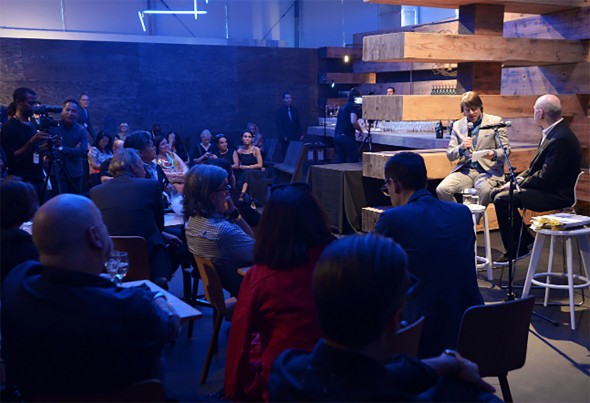
above> murray moss and rodman primack during a talk at design miami/ 2014
For the first time, the much-anticipated Design Talks series takes place in the Collectors Lounge, utilizing Olson-Kundig’s dynamic design and creating a more intimate setting for the talks.
The talks are available with VIP access, and include a conversation with Patrick and Pierre Frey about contemporary use of historical textiles; André Balazs and Ivan Harbour discussing modular architecture; Tom Kundig on super-charged architecture; Tony Chambers, editor of Wallpaper* magazine, in conversation with the winners of the Swarovski Designers of the Future Award; Jehan Chu, William Lim and Yu Wang exploring the future of architecture and design in China’s Pearl River Delta; and Amelie Klein, Curator of Vitra Design Museum on the new exhibition Making Africa – A Continent of Contemporary Design.
[ Design Miami/ ] is the global forum for design. Each fair brings together the most influential collectors, gallerists, designers, curators and critics from around the world in celebration of design culture and commerce. Occurring alongside the Art Basel fairs in Miami, USA each December and Basel, Switzerland each June, Design Miami/ has become the premier venue for collecting, exhibiting, discussing and creating collectible design. For more information, please visit
[ schedule of events ]
Design Miami/ Basel 16 > 21 June 2015
Public Show Days
16 > 17 June/ 10a > 8p
18 > 19 June/ 10a > 7p
20 > 21 June/ 11a > 7p
Location/ Hall 1 Süd, Messe Basel, Switzerland
[ information/ ]















